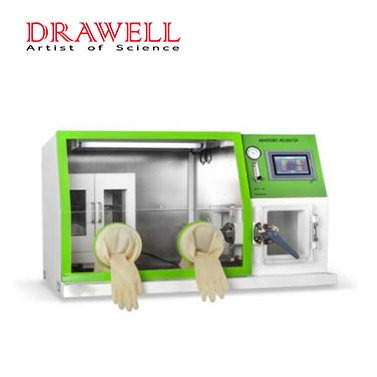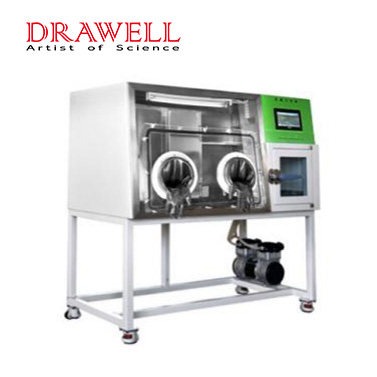Anaerobic bacteriology plays a pivotal role in understanding the delicate micro-ecological balance within our bodies. Remarkably, more than 99% of the microorganisms residing in our alimentary canal thrive in anaerobic conditions. Investigating these anaerobic microorganisms through isolation, culture, and screening offers an avenue to uncovering their beneficial functions and unraveling their complex relationship with host nutrition, immunity, and overall health.
As our comprehension of anaerobic incubators deepens, researchers are increasingly focusing on anaerobic culture techniques. The selection of a high-performance anaerobic incubator has thus become a critical consideration within related fields. In this article, we will introduce several key criteria for choosing the most suitable anaerobic incubator.

1. Stable Anaerobic State
Excellent Air Tightness: A reliable anaerobic incubator should boast impeccable air-tightness. This ensures that the internal cavity remains consistently anaerobic during operation and maintenance.
Thoughtful Operation Hole Design: The incubator's design should feature a well-placed operation hole, making it convenient for operators to access the interior without compromising the anaerobic environment.
Efficient Transfer Chamber: A well-designed transfer chamber facilitates swift sample transfer while minimizing the risk of outside air infiltration, ensuring the inner cavity's stable anaerobic conditions during sample manipulation.
High-Quality Materials: An anaerobic incubator constructed from high-performance materials with robust anti-aging properties can reduce the risk of air leakage due to wall aging, maintaining anaerobic stability under normal conditions.
2. Temperature Stability
Anaerobic bacteria cultivation demands a consistent temperature environment. The temperature stability of the anaerobic incubator directly influences the reliability of cultivation results.
3. Humidity Control
Anaerobic bacteria flourish in a stable humidity environment. Excessive or insufficient humidity can lead to atypical bacterial characteristics, affecting the accuracy of identification results. Additionally, the closed nature of the incubator can cause medium water evaporation, resulting in condensation that may foster biological contamination or cause bacterial colonies to vanish, leading to culture failure.

4. Anti-Pollution Capability
Given the dual role of the anaerobic incubator for both operation and cultivation, maintaining a sterile interior is paramount to experiment success. Thus, the availability of features like ultraviolet disinfection and strong oxidant disinfection functions is crucial.
5. Biological Detoxification Function
All bacteria, including anaerobic varieties, generate metabolic waste during growth and reproduction. Some anaerobic bacteria even produce metabolic waste gases. Over time, the concentration of these waste products can rise within the closed incubator, inhibiting the growth of viable bacteria. Therefore, effective removal of metabolic waste gases, or biological detoxification, is essential to maintain optimal anaerobic bacterial growth conditions.
6. Ease of Use
Routine operations involving microorganisms, such as inoculation, seed transfer, and single colony picking, require precision. The incubator should be designed to support these fine motor skills, allowing users to work efficiently and effectively.
In conclusion, selecting the right anaerobic incubator is pivotal for researchers and laboratories engaged in anaerobic bacteriology. Ensuring a stable anaerobic state, temperature control, humidity stability, anti-pollution capabilities, biological detoxification functions, and user-friendly features are all essential considerations in choosing the most suitable incubator for your research needs.

